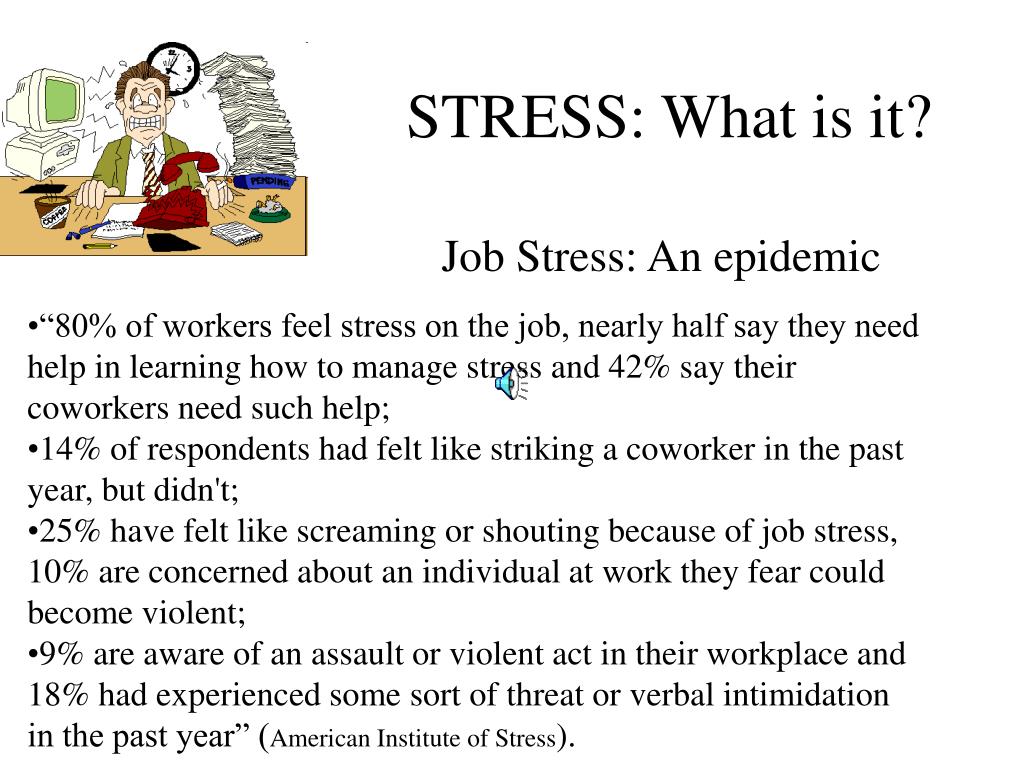


A five-point Likert scale was used to record the responses from the subjects. It was completed by fifth-year undergraduate dental students in both faculties in 20, totaling 335 dental students. Materials and methods: The questionnaire we used comprised the modified version of the 56-item Dental Environment Stress (DES) questionnaire. A wealth of previous studies have suggested that perceived stress plays an essential role in the onset and development of depressive symptoms among different populations (Bay & Donders, 2008 Bergdahl & Bergdahl, 2002 Chao, 2014 Chen, Peng, Ma, & Dong, 2017 Eisenbarth, 2012 Farabaugh et al., 2004 Gao, Chan, & Mao, 2009 Ghorbani, Krauss, Watson, & LeBreton, 2008 Hewitt, Flett, & Mosher, 1992 Kuiper, Olinger, & Lyons, 1986 Lee, Joo, & Choi, 2013 Li, Yang, Zhang, Yao, & Liu, 2015 Lorenzo-Blanco & Unger, 2015 Martin, Kazarian, & Breiter, 1995 Rosal et al., 1997 Tsai & Chang, 2016 Williams, Turner-Henson, Davis, & Soistmann, 2017).Īim: To compare the levels, causes and the impact of stress from cohort of fifthyear dental students in the Faculties of Dental Medicine in Plovdiv, Bulgaria and Montpellier, France. As one of the crucial psychological factors, perceived stress refers to the degree to which events in a person's life are assessed as stressful, unpredictable and uncontrollable (Cohen, Kamarck, & Mermelstein, 1983 Phillips, 2012). It is well established that the onset, duration, and severity of depression are influenced by a combination of genetic, environmental, psychological, and biological factors (Gotlib & Hammen, 1992 Lesch, 2004 Levinson, 2006 Saveanu & Nemeroff, 2012 Thase & Howland, 1995).


 0 kommentar(er)
0 kommentar(er)
